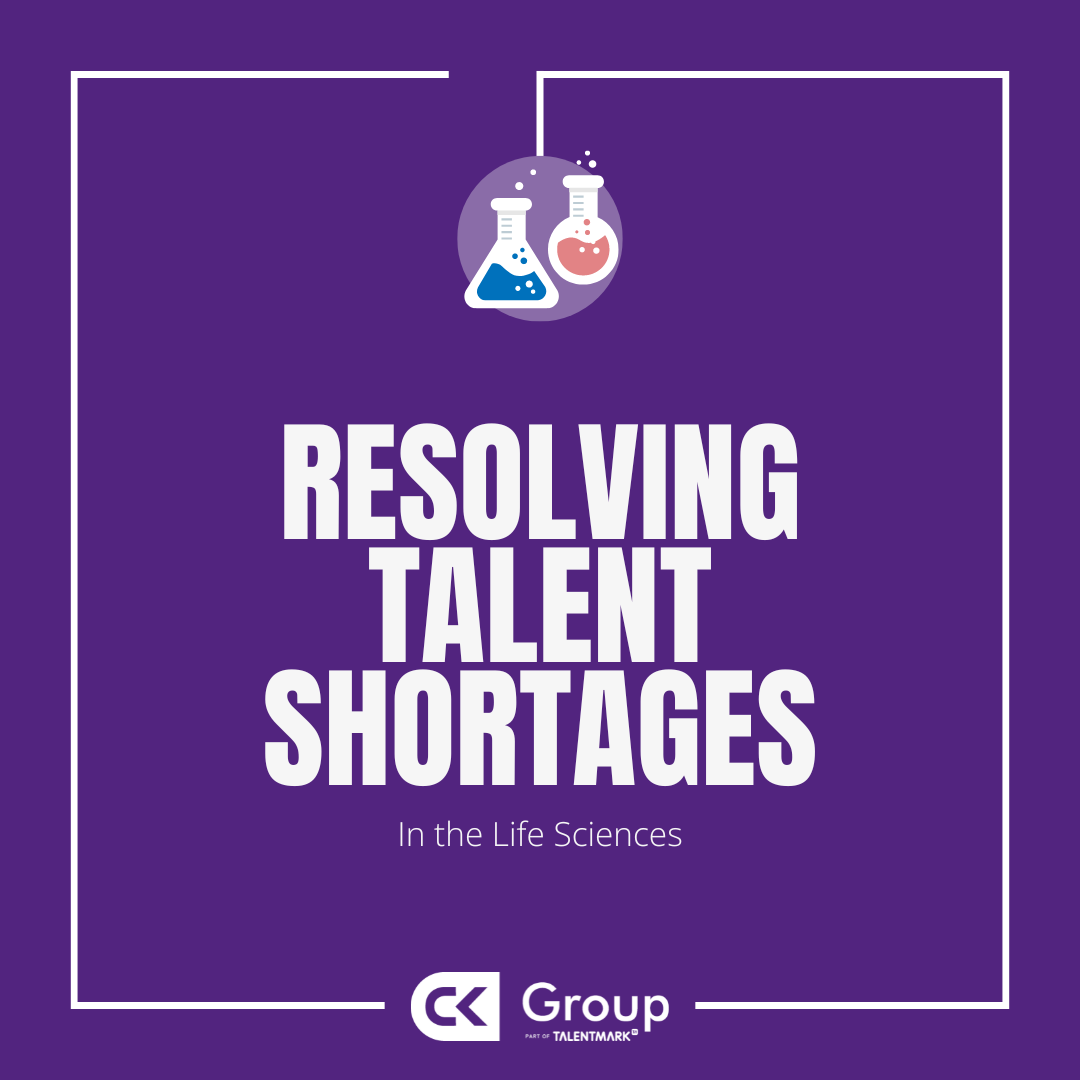In the rapidly evolving life sciences industry, the demand for skilled talent is outpacing supply, creating a significant skills gap. Addressing this gap requires proactive measures and strategic long-term initiatives to ensure that life science organisations have access to the talent they need to be successful and grow.
Here are some effective strategies for meeting the skills demand in the life sciences sector:
Investment in specialised training and development
Investing in targeted training and development programmes is crucial for closing the skills gap in life sciences. By offering specialised training, upskilling and reskilling opportunities you’ll arm your scientists with all the right skills necessary for you to successfully run your operation with the bonus of increasing staff retention.
Promote apprenticeships and internships
An often overlooked option of ensuring the future workforce is equipped with the right skills is that of apprenticeships and internships. They provide valuable hands-on training and real-world experience to scientists who are entering the world of life sciences. You can partner with specialist apprenticeship businesses and educational institutions to address your specific needs and prepare a pipeline of skilled scientists who are ready to contribute.
Embrace technology and innovation
Technology plays an important role in meeting skills demands by enabling businesses to automate repetitive tasks, streamline processes and take advantage of data-driven insights.
Promote lifelong learning
Promote and actively encourage a culture of lifelong learning within your organisation by encouraging continuous education and skills development. To help your staff take advantage consider offering incentives such as tuition reimbursement, learning stipends and recognition programmes to motivate employees to pursue further education and professional development.
Tap into non-traditional talent pools
Expand your talent search beyond traditional avenues to include non-traditional talent pools that may be overlooked. Recruit candidates from underrepresented groups, including women, minorities, veterans and individuals with disabilities. Embrace diversity and inclusion initiatives to create a more inclusive workplace that reflects diverse perspectives and experiences. Additionally, explore alternative sources of talent such as remote workers and freelancers to access untapped skills and bring fresh perspectives to your company.
The skills gap presents a significant challenge for the life sciences industry but with proactive measures it can be overcome. By embracing a multifaceted approach that includes a variety of strategies businesses can narrow the skills divide and position themselves for success in an ever-changing landscape.
Looking to the future, it is essential for life sciences companies to remain adaptable and forward-thinking in their approach to talent management. By continuously assessing and addressing skill gaps, investing in workforce development and embracing emerging technologies, companies can ensure they have the scientific talent needed to thrive in a competitive global marketplace.
Ultimately, bridging the skills gap is not just about meeting immediate talent needs. It’s about building a sustainable pipeline of skilled professionals who can drive innovation and fuel growth. By working together to address this challenge head-on, businesses and education providers can create a brighter future for the life sciences workforce.
Thank you to our Associate Director, Graeme Pallas, for these insights.
You may also like to read:
STEM skills gap projected to cost the UK £120 billion by 2030
Addressing the Skills Shortage in the Science Industry in North East England: Strategies for Success
